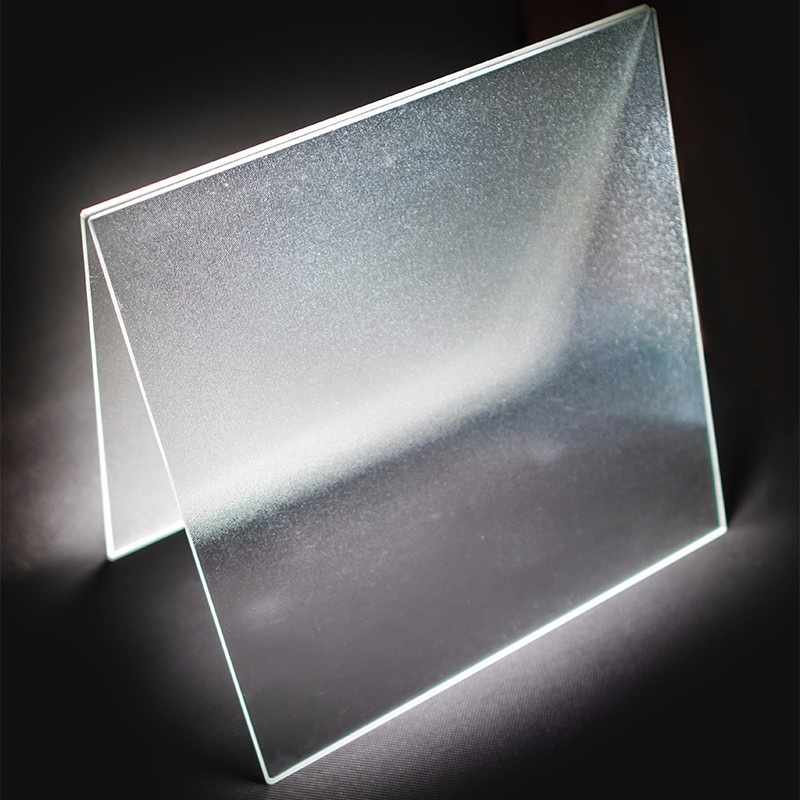

The Art and Science of Float Annealed Glass
Float annealed glass is a marvel of modern manufacturing that has become a staple in various applications ranging from architecture to automotive design. This type of glass, known for its exceptional clarity and uniform thickness, is created through a meticulous process that involves floating molten glass on top of molten tin. The result is a smooth, flat surface that is free from distortions, making float annealed glass an ideal choice for various purposes.
The journey of float annealed glass begins with raw materials, typically comprising silica sand, soda ash, and limestone. These components are mixed and heated to form a molten glass at temperatures exceeding 1,700 degrees Celsius. This molten glass is then poured onto a bed of molten tin, which has a lower density. The glass floats on the tin, spreading out evenly and forming a continuous sheet. This floating process eliminates the need for grinding and polishing, as the surface tension of the glass naturally creates a flawless finish.
One of the defining features of float annealed glass is its annealing process. After the initial floating, the glass must be gradually cooled in a controlled environment to relieve internal stresses. This annealing process is crucial because it ensures the long-term durability and stability of the glass, making it less prone to breakage under various stresses. The result is a highly uniform thickness and minimal internal defects, a characteristic that is prized in both residential and commercial applications.
The clarity of float annealed glass is another significant advantage. With minimal impurities and a perfectly flat surface, this glass allows up to 90% of light to pass through, creating bright and open spaces when used in windows or facades. This characteristic makes it an excellent choice for architects and designers looking to enhance natural lighting within buildings. Moreover, the transparency of float annealed glass enables unobstructed views, which is particularly desirable in settings such as office buildings, glass facades, and residential homes.

In addition to its aesthetic appeal, float annealed glass is also versatile. It can be manufactured in various thicknesses and sizes, accommodating a wide range of architectural requirements. Furthermore, it can be treated and processed to enhance its properties. For instance, float annealed glass can be tempered to increase its strength or coated to improve insulation and energy efficiency. This adaptability allows it to be used in numerous applications, including storefronts, shower enclosures, and glass doors.
While the advantages of float annealed glass are numerous, it's important to consider the environmental implications of its production. The manufacturing process consumes a significant amount of energy, leading to a considerable carbon footprint. However, advancements in technology are enabling manufacturers to implement more sustainable practices, such as using recycled glass cullet in the production process. Additionally, innovations in energy-efficient furnaces and processes are helping to minimize the environmental impact of float glass manufacturing.
Another consideration is safety. Float annealed glass, while durable, is not inherently shatter-resistant. In areas where safety is a primary concern, such as in high-rise buildings or areas prone to accidental impacts, laminated or tempered glass may be preferred. These alternatives provide additional protection against breakage and can safeguard occupants from injury.
In conclusion, float annealed glass stands as a testament to the elegance and utility of modern materials science. Its combination of clarity, uniformity, and adaptability makes it a preferred choice for architects and designers alike. As industries continue to evolve and innovate, the future of float annealed glass will likely see further advancements in both production techniques and applications. Embracing sustainability while enhancing aesthetic and structural qualities will be critical in ensuring that float annealed glass remains a vital component in building design and construction for years to come. Whether utilized in a sleek skyscraper or a cozy home, float annealed glass will continue to capture light and beauty in the spaces we inhabit.